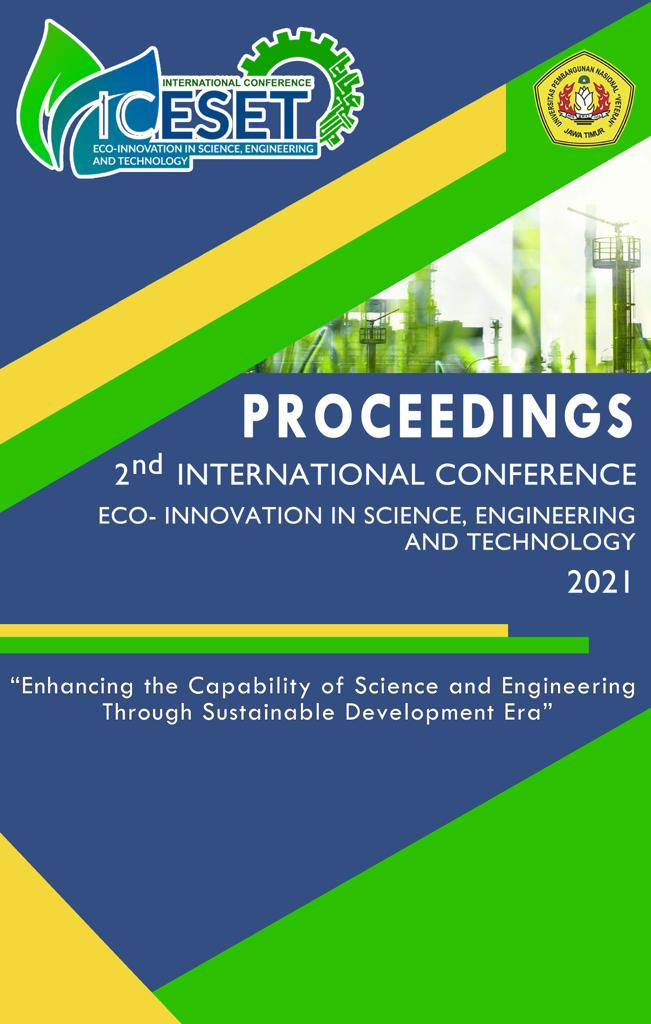Identification of Calcium and Phosphate Content in Chicken Bones and Duck Bones
DOI:
https://doi.org/10.11594/nstp.2021.1407Keywords:
Chicken bone, calcium, duck bone, phosphateAbstract
The production of poultry such as chickens and ducks, especially in East Java, is very large, so the bone waste produced is of course the same. Generally, minerals in bone are dominated by calcium, phosphorus and magnesium. Phosphate is a derivative of phosphorus. Phosphate is an anion consisting of phosphorus (P) and oxygen (O) atoms. Calcium and phosphate are as important as sodium and potassium in the regulation of basic body functions. The purpose of this study was to determine the identification of calcium and phosphate in chicken bone and duck bone waste. Beginning with cleaning and then proceeding with drying on each of the chicken bone and duck bone waste using an oven for 1 hour at a temperature of 110ºC. Then the dried bone was ground until it reached 30 mesh and then weighed until it reached a weight of 50 grams. Furthermore, tests were carried out using AAS and gravimetry to determine the content of calcium and phosphate in chicken and duck bones. On chicken bones for the gravimetric test method obtained phosphate content of 6.7% and with the AAS test method obtained a calcium content of 24.9%. In duck bone with gravimetric test method for phosphate content obtained by 7.35% and with AAS test method obtained calcium content of 30.82%.
Downloads
Downloads
Published
Conference Proceedings Volume
Section
License
Copyright (c) 2021 Filda Nanda Triviana, Niken Nathania, Erwan Adi Saputro

This work is licensed under a Creative Commons Attribution 4.0 International License.
Authors who publish with this proceedings agree to the following terms:
Authors retain copyright and grant the Nusantara Science and Technology Proceedings right of first publication with the work simultaneously licensed under a Creative Commons Attribution License that allows others to share the work with an acknowledgement of the work's authorship and initial publication in this proceeding.
Authors are able to enter into separate, additional contractual arrangements for the non-exclusive distribution of the proceedings published version of the work (e.g., post it to an institutional repository or publish it in a book), with an acknowledgement of its initial publication in this proceeding.
Authors are permitted and encouraged to post their work online (e.g., in institutional repositories or on their website) prior to and during the submission process, as it can lead to productive exchanges, as well as earlier and greater citation of published work (See the Effect of Open Access).














